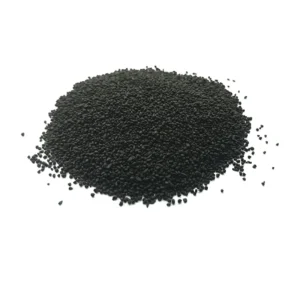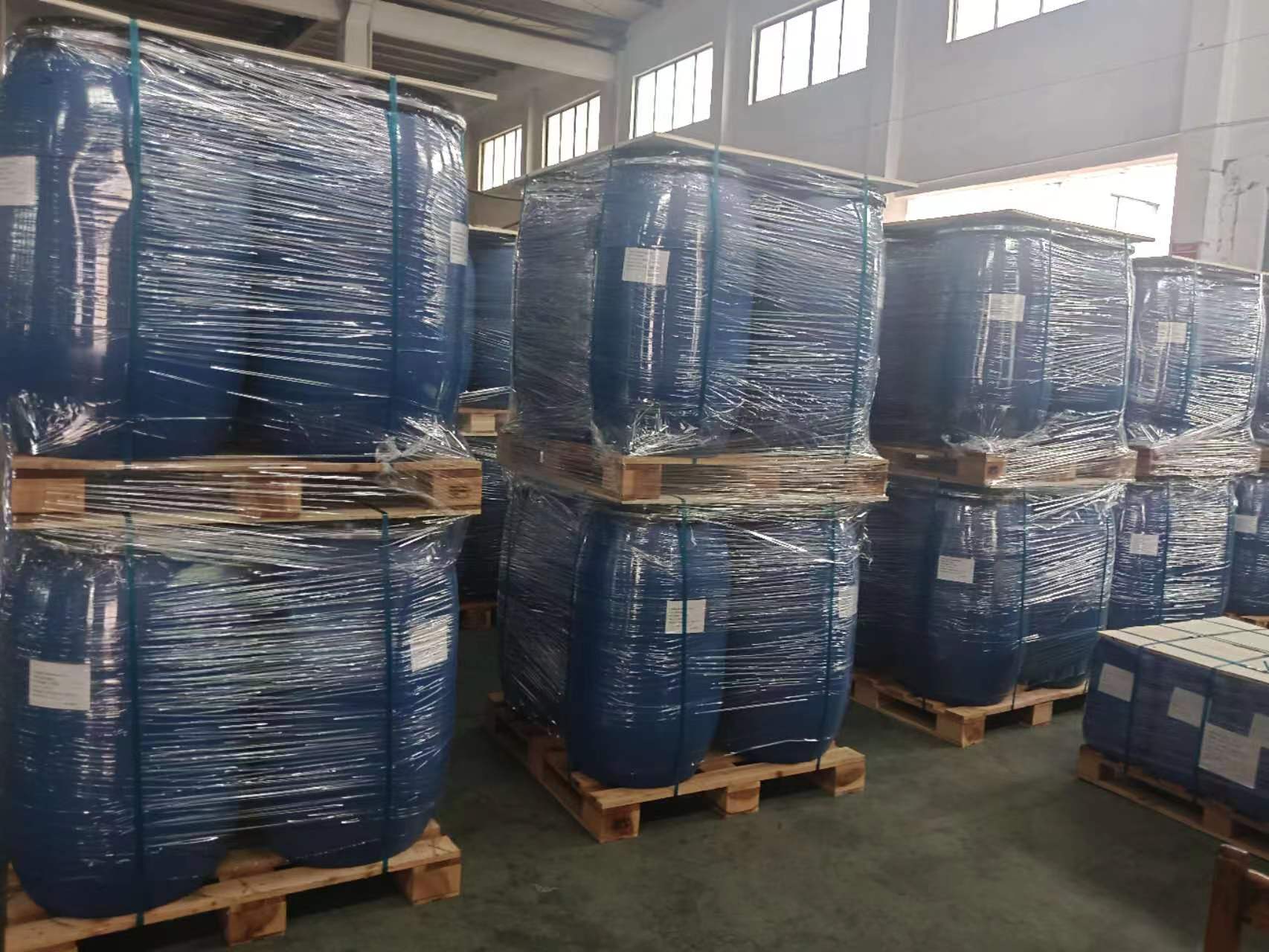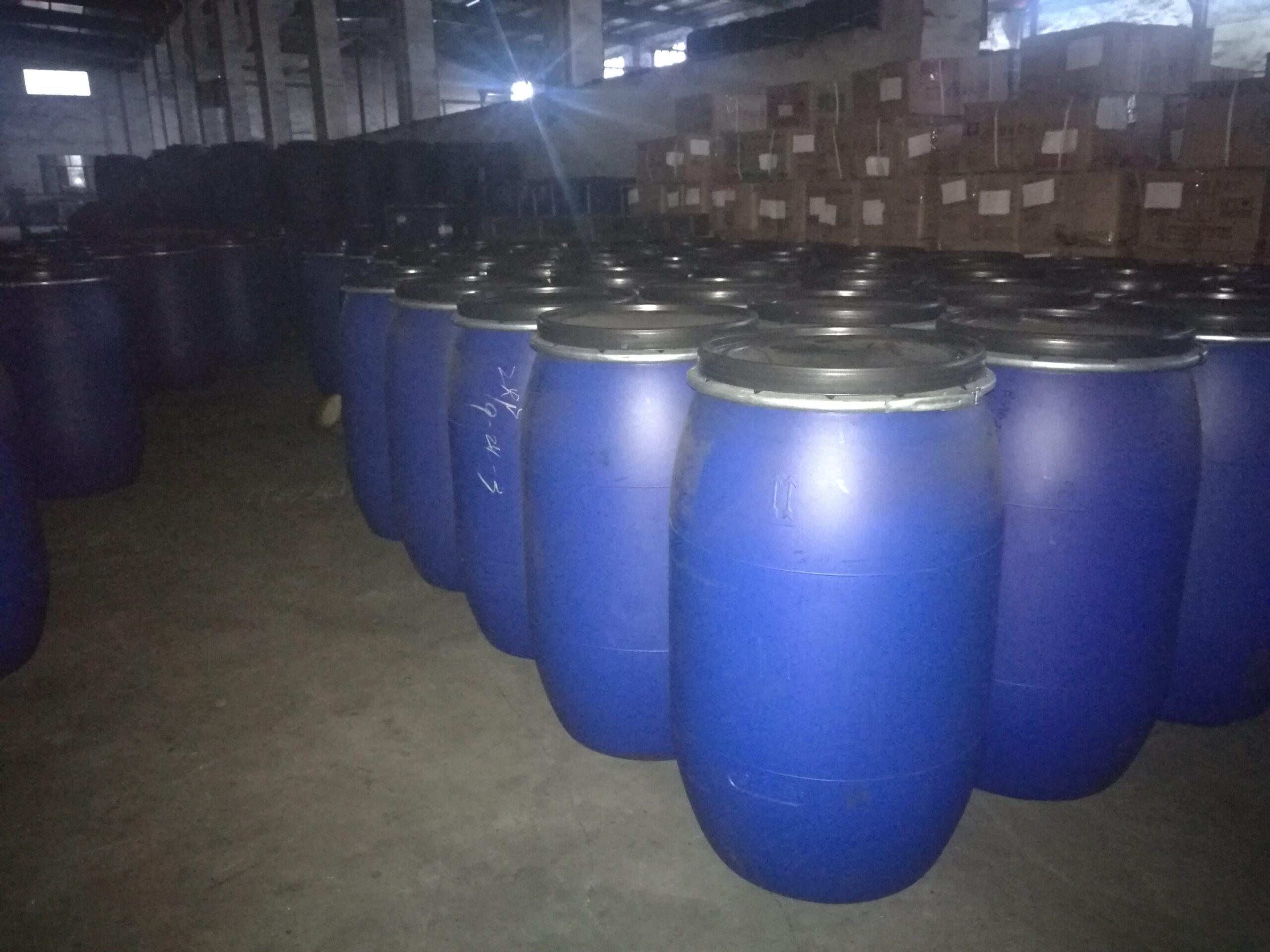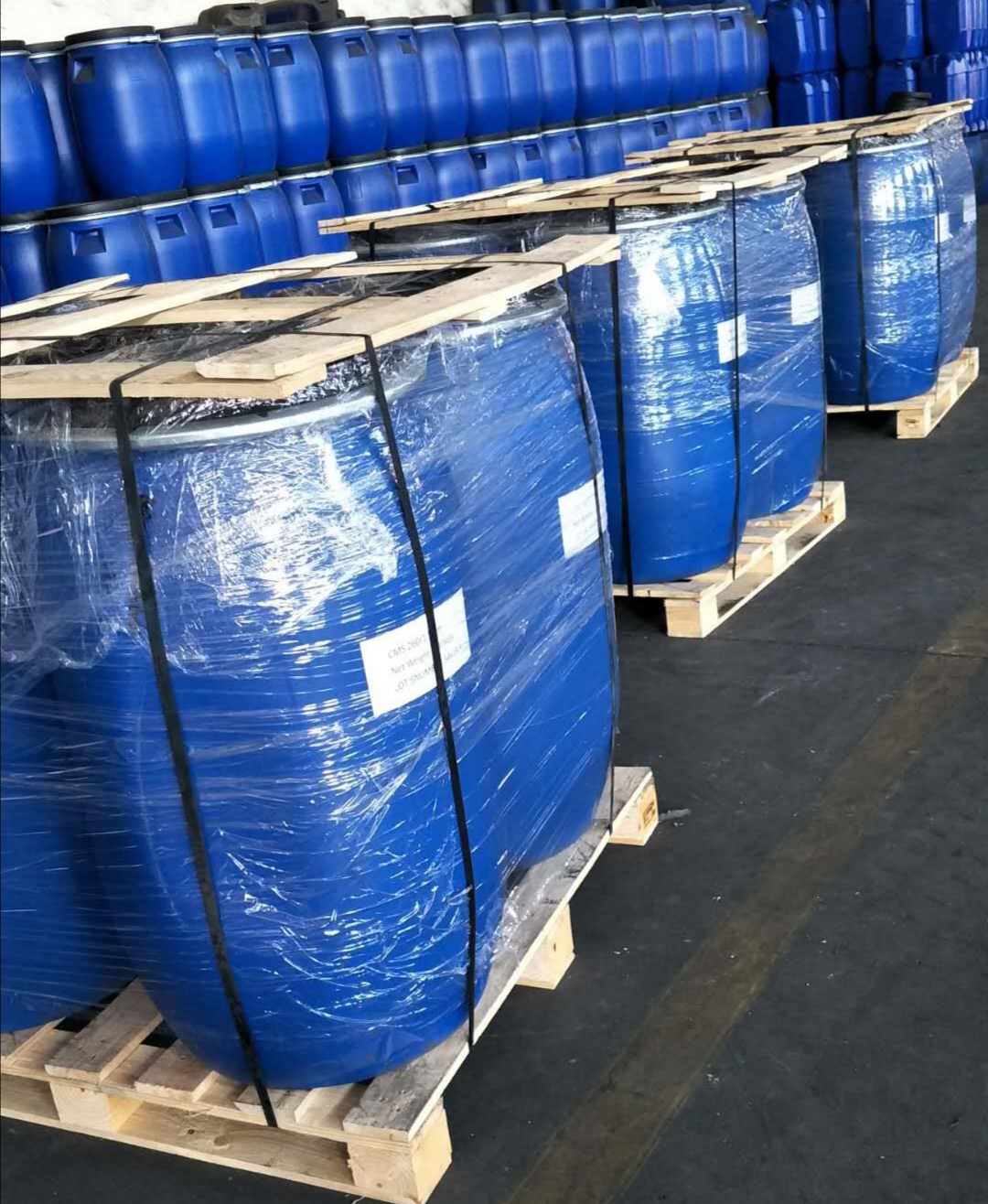carbon molecular sieve’s parameter details

1. Overview of Carbon Molecular Sieves
Carbon molecular sieves are materials with a special pore structure that can separate and adsorb molecules based on their size and shape. They are composed of carbon atoms and have a highly ordered pore structure, capable of selectively adsorbing certain molecules. Carbon molecular sieves are widely used in separation and purification, gas adsorption, catalyst carriers, and other fields.
2. Classification of Carbon Molecular Sieve Parameters
The performance and application of carbon molecular sieves depend on a series of parameters. The following will introduce the common parameter classifications of carbon molecular sieves.
2.1 Pore Size The pore size of carbon molecular sieves refers to the size of the channels in their pore structure. It is generally divided into ultra-small pores (less than 2 nm), micropores (2-50 nm), and mesopores (50-100 nm). The pore size directly affects the adsorption capacity and selectivity of carbon molecular sieves for different molecules. The selection of pore size is closely related to the required application. Ultra-small pores have higher adsorption capacity and selectivity, suitable for separation and catalytic reactions. Micropores have better adsorption capacity for large molecules, while mesopores are suitable for the adsorption and diffusion of large molecules.
2.2 Channel Structure The channel structure of carbon molecular sieves refers to the connection and arrangement methods between the channels. Commonly, there are cylindrical channels arranged along the axial direction and ring-shaped channels arranged around the cylindrical channels. Different channel structures have significant impacts on the transmission and diffusion speeds of adsorbed molecules. Different channel structures also have important effects on the diffusion and transmission speeds of adsorbed molecules. The cylindrical channel structure is more conducive to rapid transmission and diffusion, while the ring-shaped channel structure has a higher adsorption capacity.
2.3 Specific Surface Area The specific surface area refers to the surface area of carbon molecular sieves per unit mass or volume. A larger specific surface area indicates that the carbon molecular sieves have a greater adsorption capacity and higher catalytic activity. The specific surface area is usually measured using the BET method. A larger specific surface area means that the carbon molecular sieves have a greater adsorption capacity and higher catalytic activity. A higher specific surface area can improve the adsorption effect and the reaction rate of catalysis.
2.4 Porosity Volume The porosity volume refers to the total volume of pores in carbon molecular sieves per unit volume. The size of the porosity volume directly affects the adsorption performance and separation effect of carbon molecular sieves. The size of the porosity volume directly affects the adsorption performance and separation effect of carbon molecular sieves. A larger porosity volume can increase the adsorption capacity and adapt to high flow conditions. Different functional groups can enhance the interaction with target molecules, improving the adsorption effect and selectivity. Choosing the appropriate functional groups can achieve efficient separation and enrichment of specific molecules.
2.5 Functional Groups Functional groups refer to the functional groups attached to the surface of carbon molecular sieves, which can increase the interaction force with target molecules and improve the adsorption effect and selectivity. Common functional groups include hydroxyl groups, carboxyl groups, ketone groups, etc. Different functional groups can enhance the interaction with target molecules and improve the adsorption effect and selectivity. Choosing the appropriate functional groups can achieve efficient separation and enrichment of specific molecules.
3. Parameters and Application Cases of Carbon Molecular Sieves
The selection of carbon molecular sieve parameters is closely related to specific applications. The following will introduce several common application cases.
3.1 Water Treatment In the field of water treatment, the use of mesoporous carbon molecular sieves with larger pore diameters has a large pore volume and specific surface area, which can efficiently adsorb and remove organic pollutants.
3.2 Catalyst Carrier Carbon molecular sieves are used as catalyst carriers and need to have a high specific surface area and appropriate pore volume to provide more active sites and diffusion rates for catalytic reactions.
3.3 Gas Separation Carbon molecular sieves have extensive applications in the field of gas separation. By selecting appropriate pore diameters and functional groups based on the size and hydrophilicity/hydrophobicity of different gas molecules, efficient separation of different gases can be achieved.

Conclusion:
The performance and application of carbon molecular sieves depend on a series of parameters, such as pore size, pore structure, specific surface area, pore capacity and functional groups. Different parameter selections can achieve efficient adsorption, separation and catalysis of target molecules. In specific applications, it is necessary to select the appropriate parameter combination according to the requirements to achieve the best performance.



